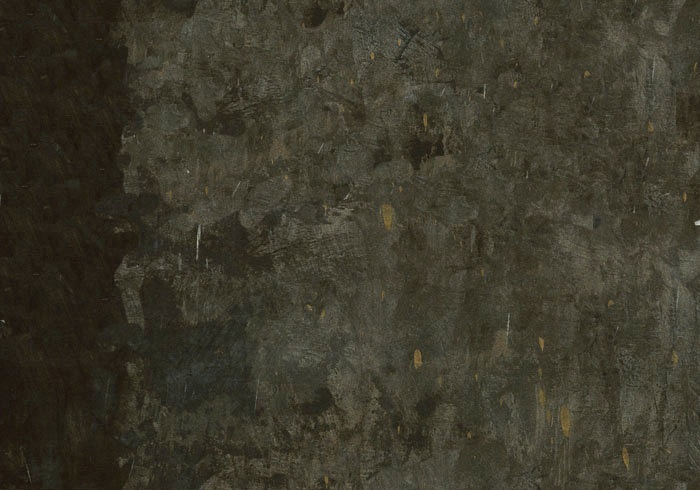The Standard Model (SM) successfully incorporates a discovery that awarded Lee and Yang the 1957 Nobel prize in physics, that of parity violation in weak interactions. Here is a rough account of how parity non-invariance of the weak interactions contributes to the FB asymmetry.
According to Quantum Mechanics, the spin of an elementary particle is quantized: it either points along its direction of motion or against it. Let’s call these “+” and “-”. In the SM the particles responsible for the weak interaction (the W and Z vector bosons) have interactions only with “+” quarks and “-” antiquarks. In a quark-antiquark collision that produces a W or a Z the quark (with “+”) and antiquark (with “-”) are moving in opposite directions so both have the spin oriented in the same direction, that of the motion of the quark. The W or Z that results from the collision has a spin which is the sum of the quark and antiquark spins, and hence it is oriented along the direction of motion of the colliding quark; we say the W or Z is polarized.
Now, we wish to view the q qbar → b bbar process as q qbar → Z followed by Z → b bbar. When the Z decays the b and bbar move back to back (in the center of mass frame of the initial q qbar collision) along a line which can make some angle with respect to the initial direction of the q qbar. But the decay of the Z also produces only a “+” b-quark and a “-” anti-b-quark. This has the spin aligned with the direction of motion of the b-quark. Only the component of the spin along the direction of the Z can be present (quantum mechanical version of conservation of angular momentum) so the probability of producing the b-bbar pair peaks in the forward direction and vanishes in the backwards direction.
There are several caveats to the above “rough” description. The most important is that the Z does not couple purely to “+” quarks. Rather it couples differently to “+” and “-” quarks, but the fact that there is a difference is all that is needed to produce a FB asymmetry. Incidentally, the W does couple purely to “+”.



